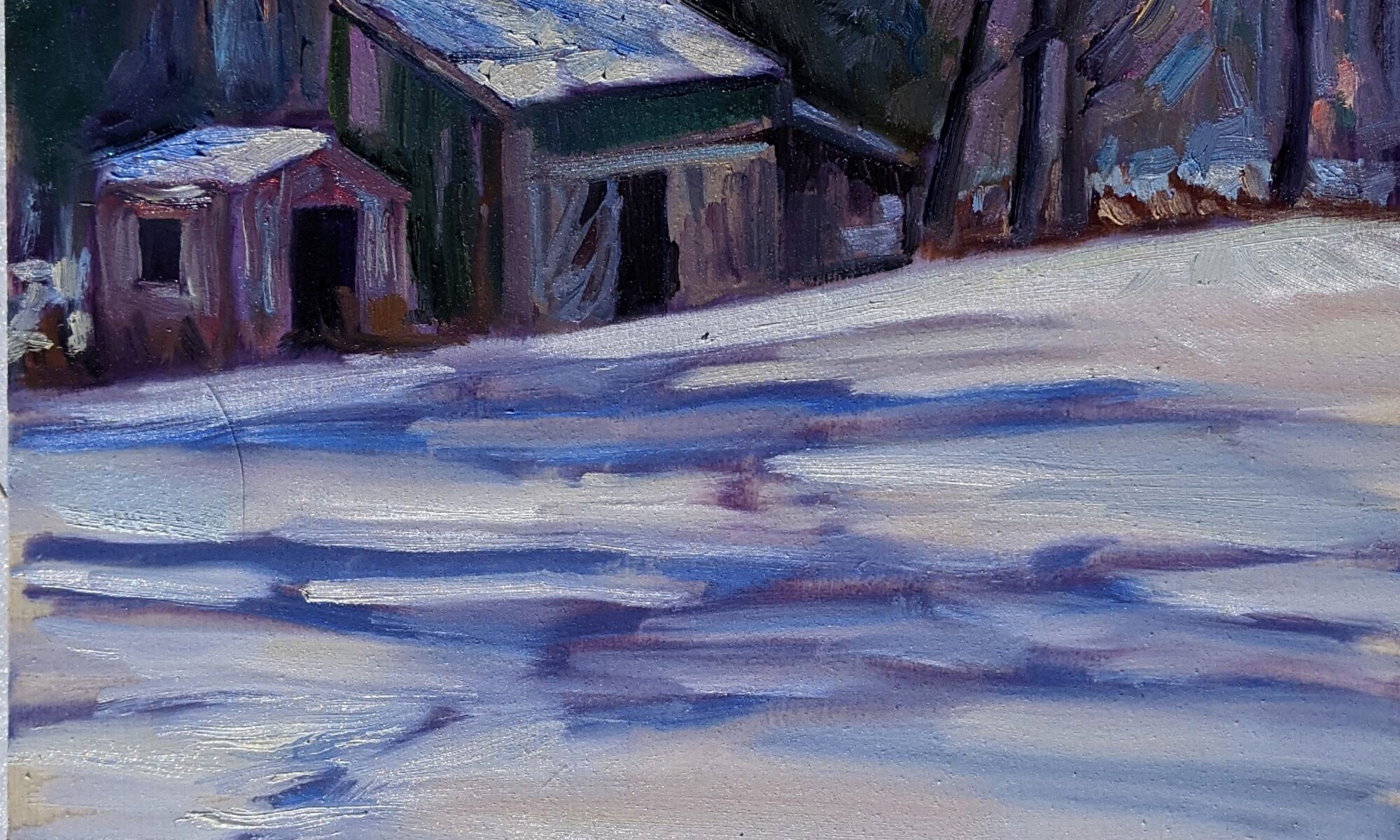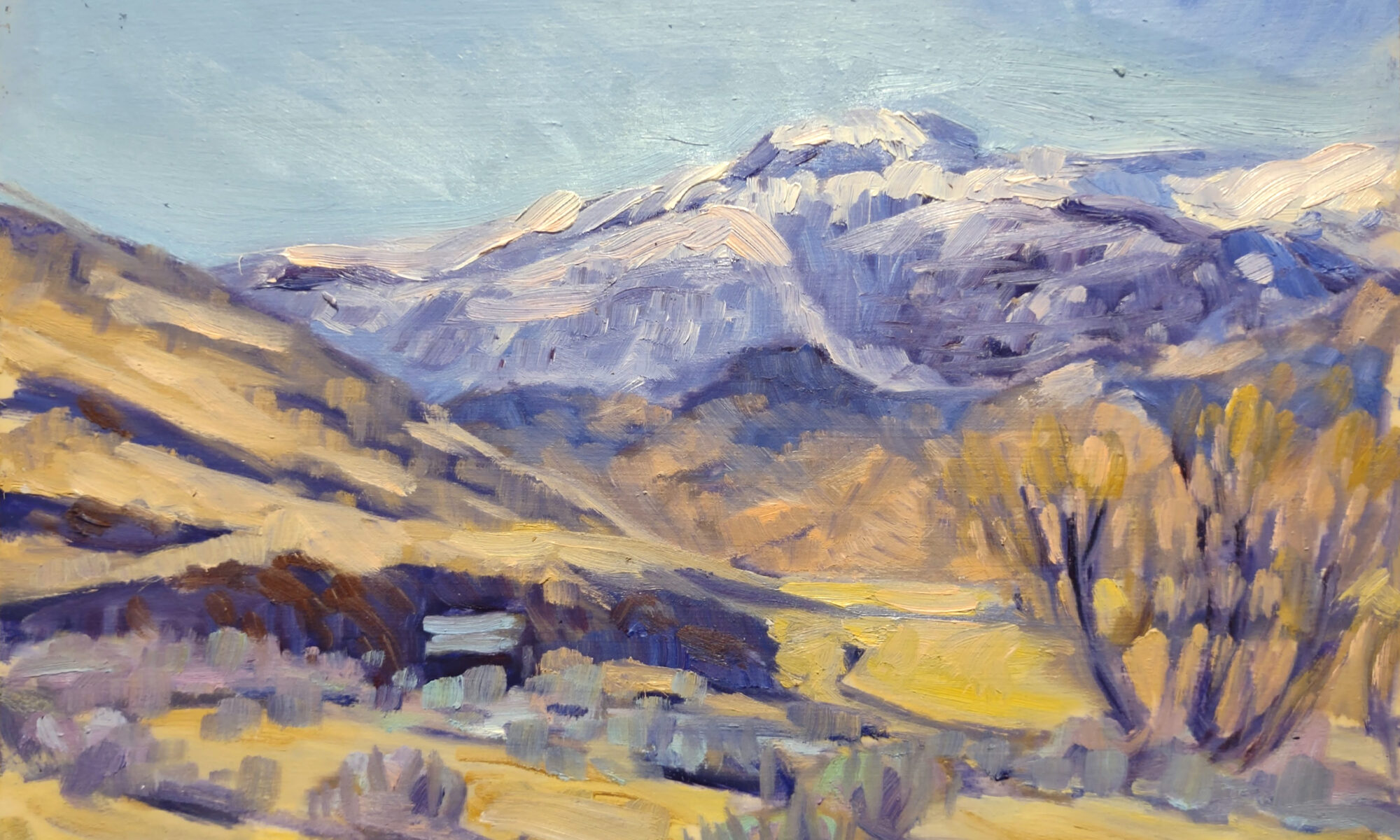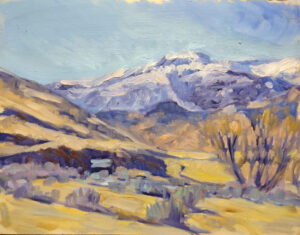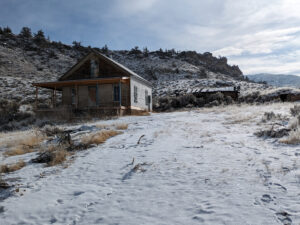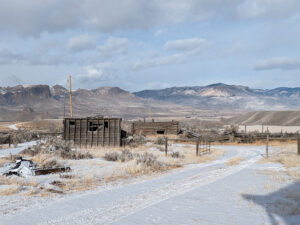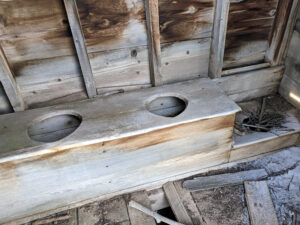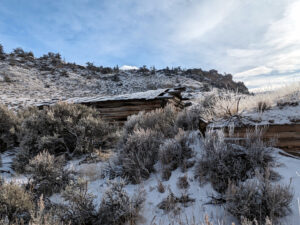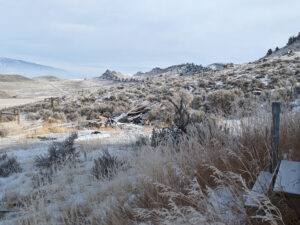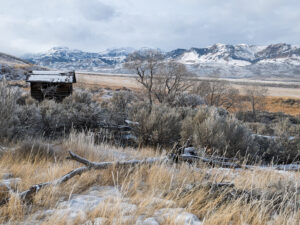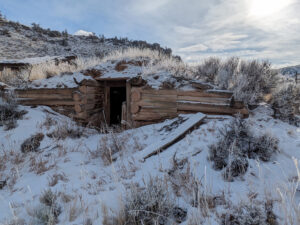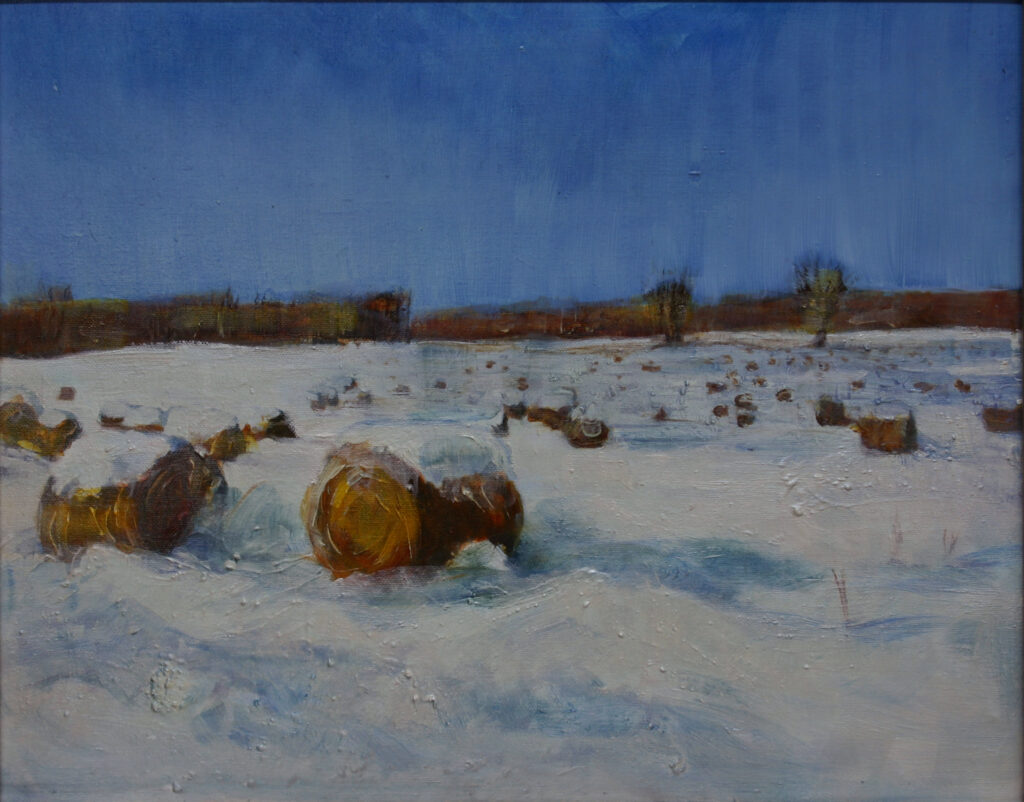
I’m being chased home to Maine by wind, rain and occasional snow; that means winter is just around the corner. Beginning plein air painters often wonder, can you paint in winter? Sure, if you take simple precautions.
Watercolor
Everyone knows that you can keep your paint water from freezing by adding vodka. The problem with vodka solutions isn’t getting the paint on the paper; it’s getting it to set up once it’s there. Alcohol evaporates faster than water. If you use vodka, expect softening as the painting warms up.
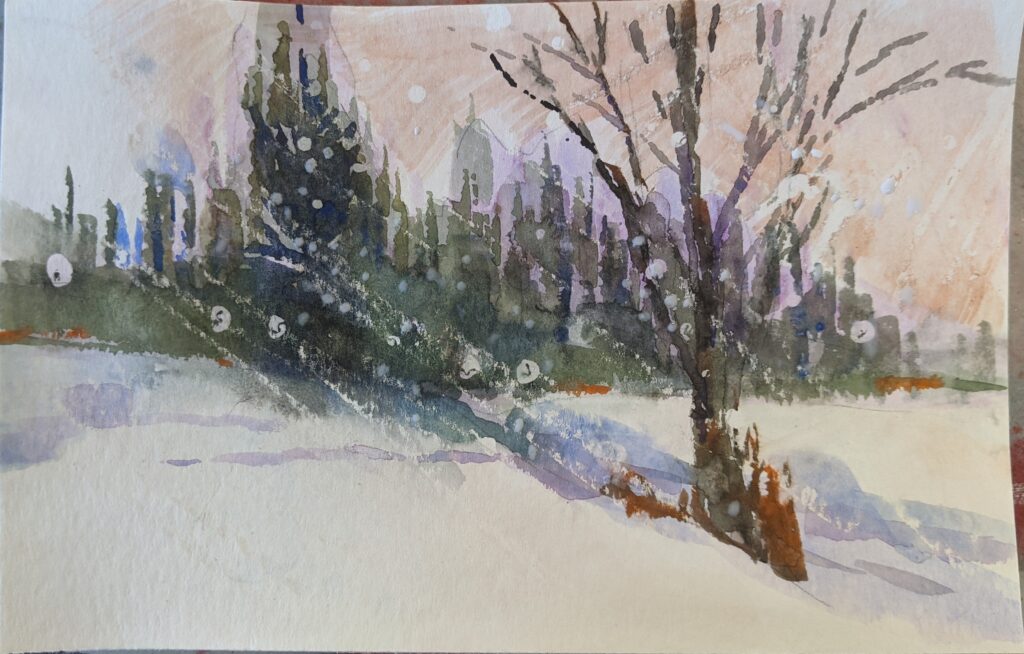
Ocean saltwater freezes at a 28.4°F. On a sunny winter day, that might be all the boost you need. The more salt you add, the lower the freezing temperature, but remember that salt is hygroscopic and changes the texture of watercolor paintings.
My palette and water basin are plastic, which cools more slowly than metal. Wrap them in an old scarf and slip a chemical handwarmer underneath. Bring hot water in a thermal flask and add it bit-by-bit to keep your water liquid. Don’t leave your brush standing wet in the cold; the bristles will freeze. If you can, keep them in your jacket pocket.
The problem with cold is not freezing so much as that nothing ever dries. Avoid sloppy wet washes and don’t overload your brush.
I was thinking of buying a cordless hair dryer, but Richard Sneary told me that in his opinion they’re not effective. “You’re better off getting in your car and turning up the heat,” he told me.
Of course, watercolor is compact enough that you can often paint from your car.
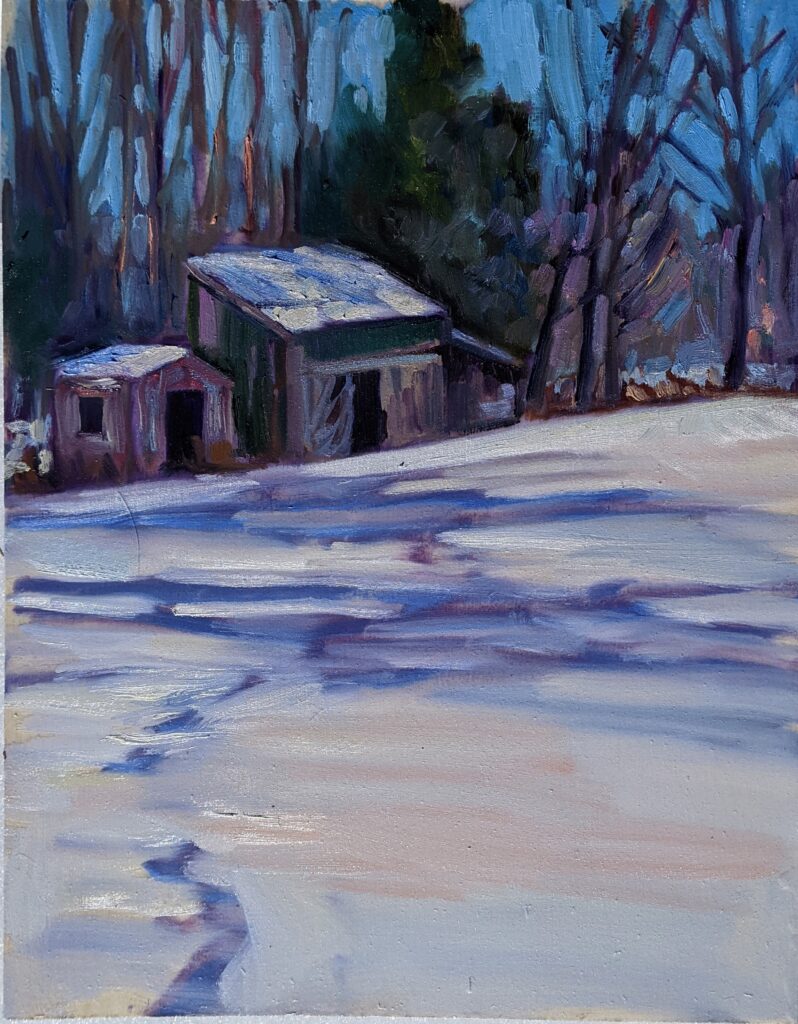
Acrylics
The short answer is, just don’t. Acrylics need a minimum temperature of 50°F to cure properly. In extreme cold, acrylic paints become brittle and can crack.
Oils
The answer to “can you paint in winter” is always yes for oils.
While oil paint becomes stodgy as it gets colder, its linseed oil base doesn’t freeze until the temperature drops below -10°F. Odorless mineral spirits don’t freeze at all. That means oil paint can be handled through conditions that fox all other mediums.
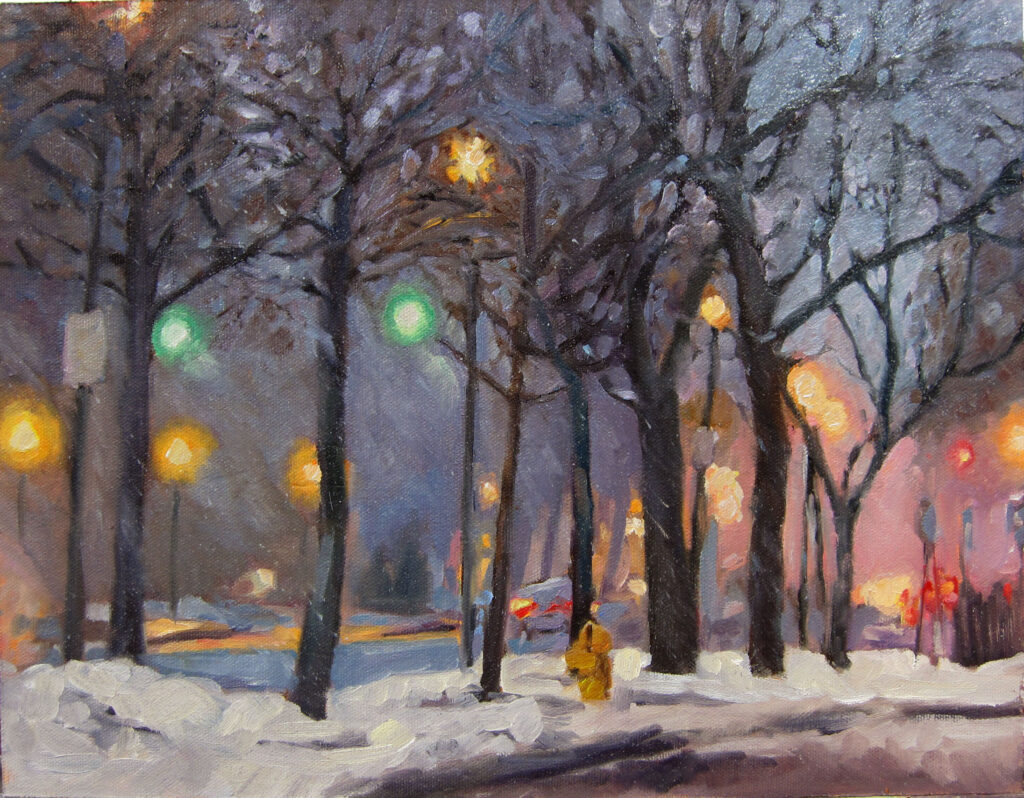
Taking care of the artist
I hate cold feet and hands, so I wear insulated, waterproof snow boots when painting outdoors. Others stand on a scrap of carpet or cardboard. I slip handwarmers into the backs of my gloves. My buddy Eric Jacobsen carries around a small brazier in which he lights a scrap-wood fire.
I used to wear overalls, but they’re too cumbersome. Now I wear a waterproof, windproof jacket with layers underneath.
Consider working from a seated position. The closer you are to the ground, the less you’ll be buffeted by the wind. The best location is a sheltered, sunny corner. Work in short bursts to avoid hypothermia, and bring something hot to drink.
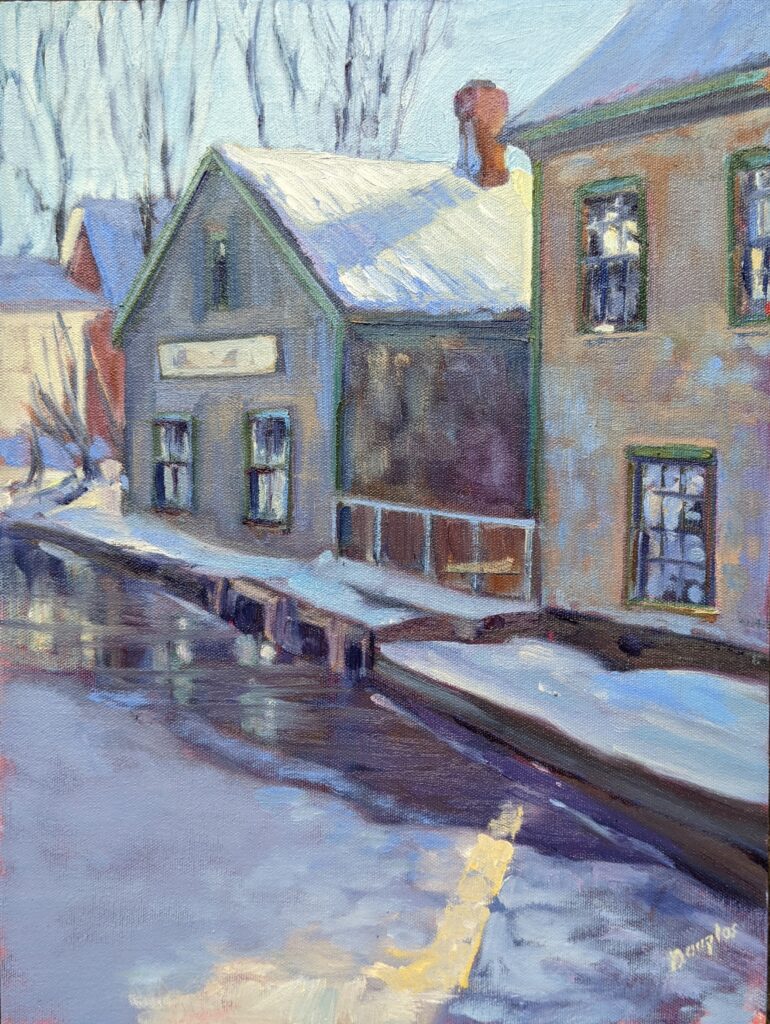
Your car
I’ve killed my car battery in extreme cold, and I’ve gotten stuck in the slush on the side of the road. Inevitably, that happens when I’m out of cell phone range.
If you don’t already have one, get one of these little car starters and learn to use it. A high visability vest and traffic cones are important anytime you’re painting along the roadside, but especially in low-light situations.
Special online plein air show
Work from the 20th Annual Sedona Plein Air Festival is available in their special exhibits gallery and online here. I’ll have more to say on the subject later this week, but for now enjoy browsing!
Reserve your spot now for a workshop in 2025:
- Advanced Plein Air Painting, Rockport, ME, July 7-11, 2025.
- Sea and Sky at Acadia National Park, August 3-8, 2025.
- Find Your Authentic Voice in Plein Air, Berkshires, MA, August 11-15, 2025.
- Immersive In-Person Fall Workshop, Rockport, ME, October 6-10, 2025.

